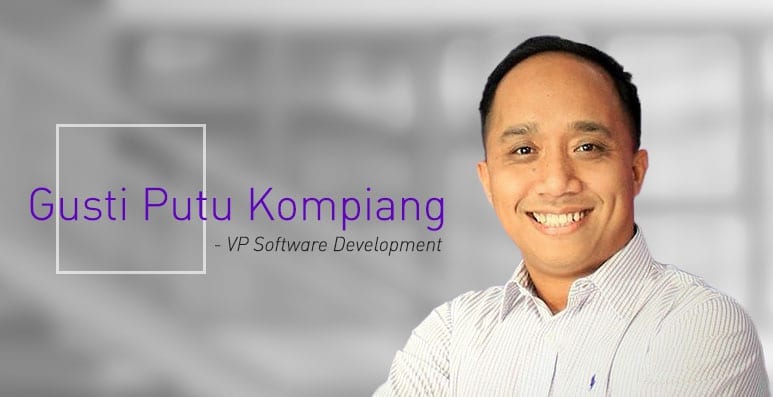
Welcome to the 2019 2nd Quarter Mitrais newsletter!
Our featured client for this edition is Ksatria. Founded in 2017, Ksatria’s vision is to bring world-class Hospital Information Systems (HIS) to the emerging economies of South East Asia. With Ksatria’s rigorous criteria in selecting a software development partner, Mitrais has demonstrated a track record of success through delivering quality outcomes.
In this issue, we feature Agile practices within Mitrais’ client base. Agile methods can make valuable contribution to customer satisfaction which allows us to apply many Agile ideas, concepts and practices in product development. Find the full article of Agile Practises in Mitrais’ Client Base and we will show you how Mitrais applies Agile practices, including the possible problem that may arise from opting for these methods.
We also discuss how engaging a software development partner forces you to think and plan for effective collaborative strategies to ensure your local and remote teams collaborate well. Mitrais shares a few strategies that we apply to ensure success in providing software development services to global clients. Read the full article on Collaboration Is Key.
Our featured White Paper introduces you to the developer’s perspective on managed container services from the 3 major cloud platform providers.
Lastly, we would like to introduce one of our Technology Evangelists, Kustian. Find out how his interest in programming has put him in the right place.